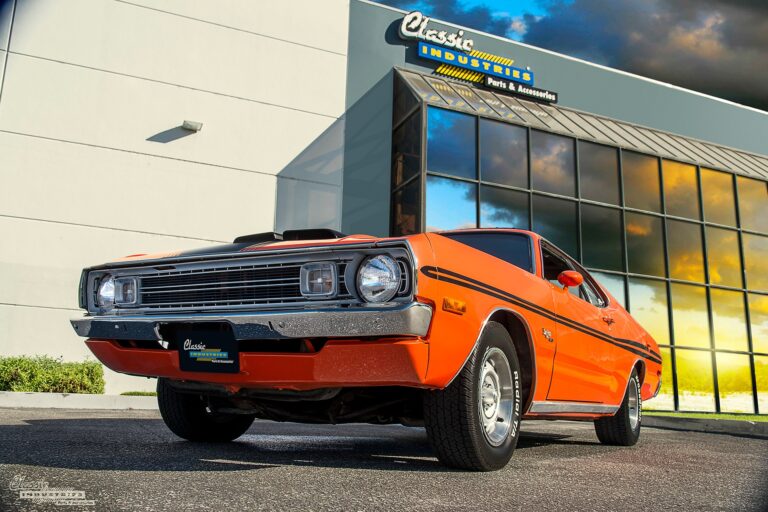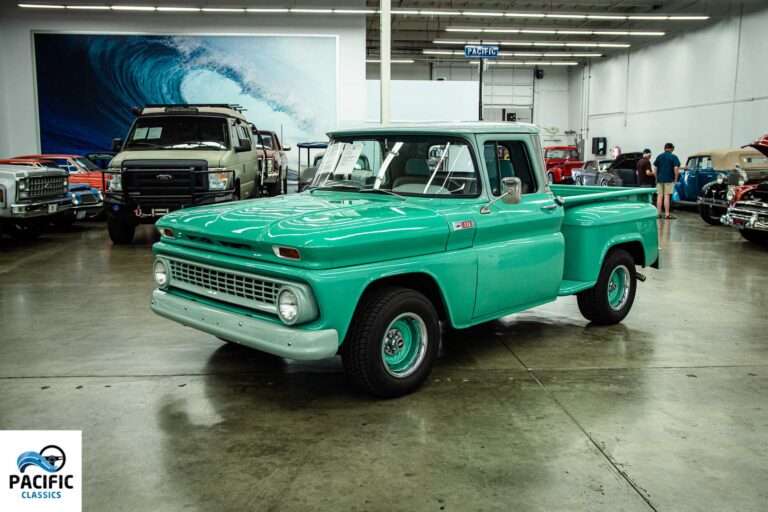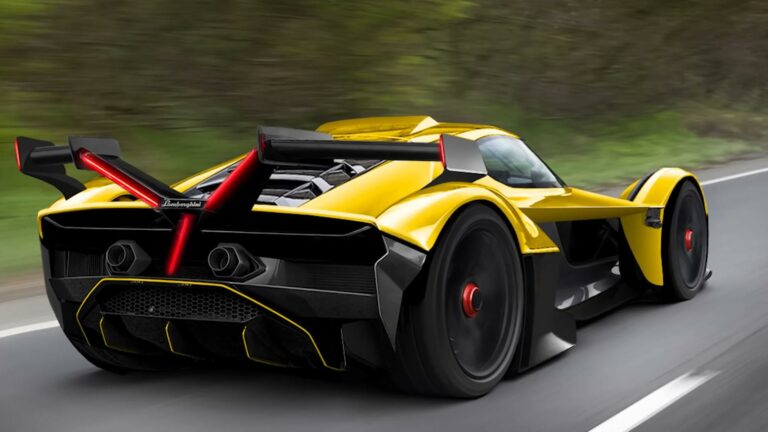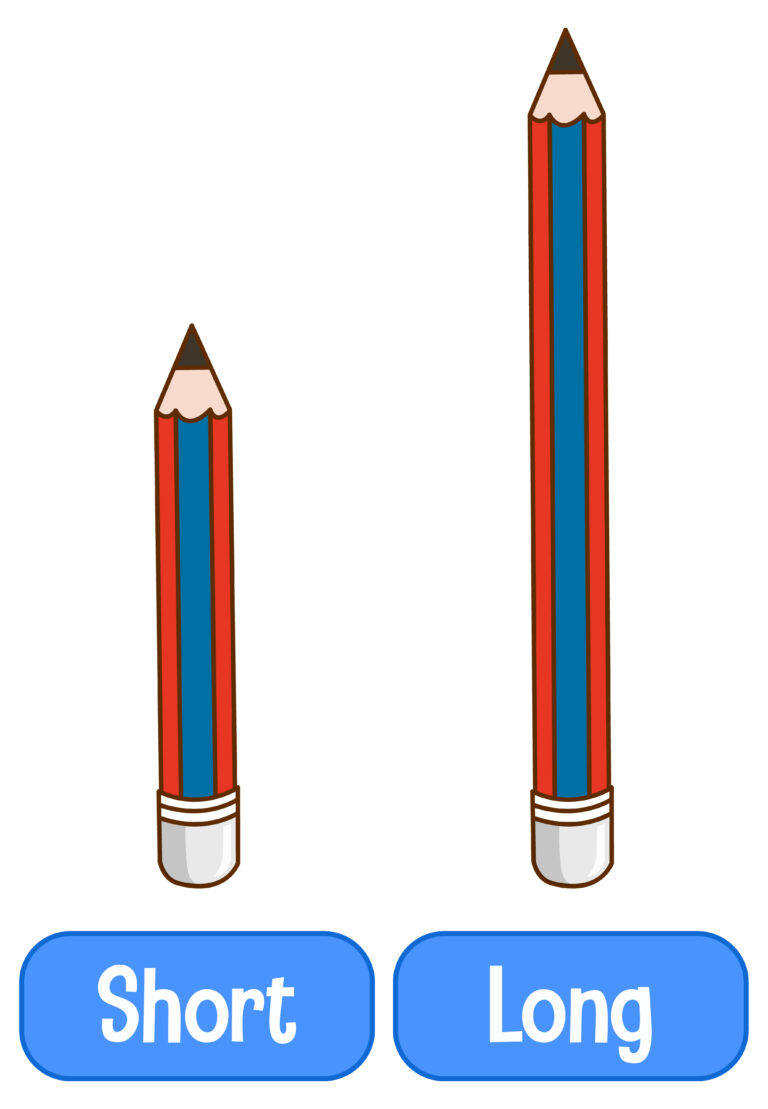Brand Of Small Cars Manufactured In Britain: A Deep Dive into the Iconic Mini
Brand Of Small Cars Manufactured In Britain: A Deep Dive into the Iconic Mini cars.truckstrend.com
Introduction: The Enduring Legacy of British Small Cars
When one contemplates "Brand Of Small Cars Manufactured In Britain," an image immediately springs to mind for many: the Mini. More than just a car, the Mini represents a significant chapter in British industrial history, a cultural icon, and a testament to innovative design. From its revolutionary inception in the late 1950s to its modern reincarnation under BMW, the Mini has consistently embodied the spirit of compact, efficient, and characterful motoring, all while retaining strong ties to its British manufacturing roots.
Brand Of Small Cars Manufactured In Britain: A Deep Dive into the Iconic Mini
This article serves as a comprehensive guide to understanding this quintessential British small car brand. We will explore the Mini’s rich heritage, delve into the benefits of choosing a vehicle manufactured in Britain, detail the modern Mini lineup, peek into its manufacturing process, and offer practical advice for prospective owners. Our aim is to provide a detailed, informative, and engaging exploration of what makes the Mini a standout "Brand Of Small Cars Manufactured In Britain" and why its relevance continues to grow in today’s automotive landscape.
The Legacy of British Small Cars – The Mini Story
Britain has a long and storied history of automotive manufacturing, and small cars have always played a crucial role. Post-war austerity and the Suez Crisis of 1956, which led to fuel rationing, created an urgent need for economical, space-efficient vehicles. Leonard Lord of the British Motor Corporation (BMC) famously challenged his designer, Alec Issigonis, to create a revolutionary small car that could seat four adults, fit within a 10-foot long box, and be powered by an existing engine. The result, launched in 1959, was the Morris Mini-Minor and the Austin Seven – soon simply known as the Mini.
The original Mini was a marvel of packaging and engineering. Its transverse-mounted engine, front-wheel drive, and wheels pushed to the corners of the car maximised interior space while keeping the overall footprint incredibly small. Its go-kart like handling, initially an accidental byproduct of its design, quickly became its most celebrated characteristic, leading to legendary success in motorsport, particularly in the Monte Carlo Rally. The Mini transcended its humble origins to become a fashion statement, embraced by celebrities, musicians, and everyday drivers alike, cementing its status as a cultural icon of the Swinging Sixties and beyond.
Despite various ownership changes and production halts, the Mini’s legacy was too strong to fade. In 1994, BMW acquired the Rover Group, including the Mini brand. Recognizing the immense potential of the nameplate, BMW embarked on creating a "new Mini" that would respectfully honour its heritage while incorporating modern technology, safety standards, and premium appeal. The new Mini, launched in 2001, successfully captured the essence of its predecessor – compact dimensions, distinctive styling, and engaging driving dynamics – while elevating it to a new level of quality and sophistication. Crucially, BMW committed to manufacturing the new Mini primarily in Britain, thus ensuring the continuity of its "Made in Britain" identity.
Why Choose a British-Made Small Car? (Focus on Mini)
Opting for a British-made small car, particularly a Mini, offers a unique blend of benefits that appeal to a diverse range of drivers:
- Rich Heritage and Distinctive Character: Owning a Mini connects you to a profound automotive history. Its iconic design, whether the classic or modern iteration, evokes a sense of nostalgia and British charm. This heritage translates into a car with a strong personality, standing out in a sea of generic vehicles.
- Quality and Craftsmanship: Modern Mini vehicles, produced in BMW’s highly advanced Oxford plant, benefit from stringent German engineering standards combined with British manufacturing expertise. This results in a high level of build quality, robust materials, and meticulous attention to detail, ensuring durability and a premium feel.
- Engaging Driving Dynamics: The "go-kart feel" is not just a marketing slogan; it’s a fundamental aspect of the Mini’s design. Its wide stance, short overhangs, and responsive steering deliver an exceptionally agile and fun driving experience, especially on winding roads or in urban environments.
- Design and Customization: Mini’s design is instantly recognizable and highly customizable. From vibrant paint colours and contrasting roof options to a plethora of interior trims and accessories, owners can truly personalize their Mini, making it a unique reflection of their style.
- Supporting UK Manufacturing and Economy: Choosing a car manufactured in Britain directly supports jobs within the UK automotive industry, from factory workers to designers, engineers, and a vast supply chain. This contributes significantly to the national economy and fosters innovation within the country.
- Practicality in Urban Environments: Small cars excel in city driving. Their compact dimensions make parking easier, navigating narrow streets less daunting, and offer better fuel efficiency for stop-and-go traffic. Despite their small exterior, modern Minis are surprisingly spacious for their class.
- Strong Resale Value: Due to their enduring popularity, desirable brand image, and quality construction, Mini vehicles often retain a strong resale value, making them a sound investment for many buyers.
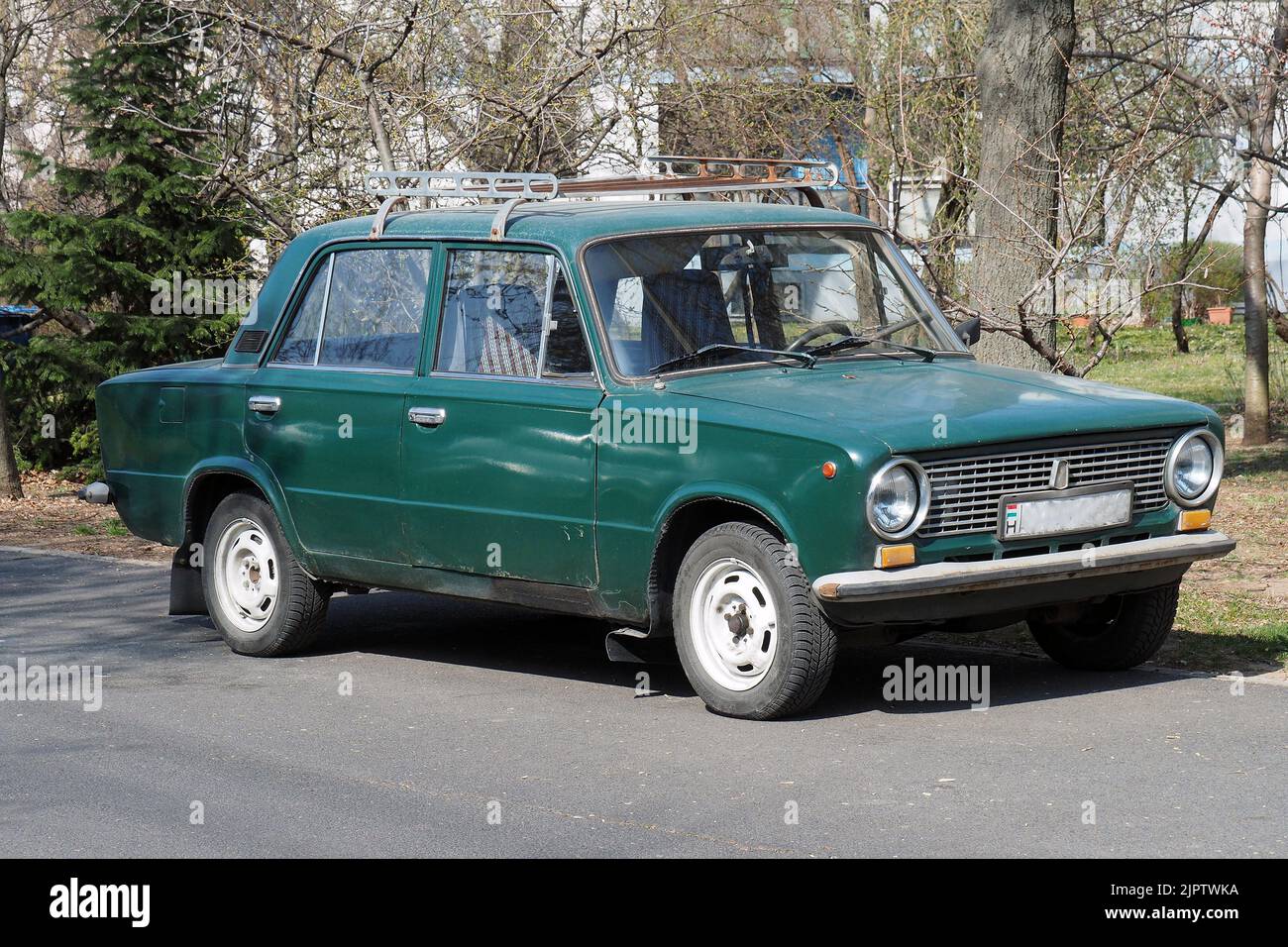
Exploring the Modern Mini Range: Types and Categories
The modern Mini lineup has expanded significantly since the original 3-door hatch, offering a variety of body styles to suit different needs while retaining the core Mini DNA.

- Mini 3-Door Hatch: The purest descendant of the original, this compact and sporty model embodies the classic Mini spirit. It’s nimble, fun to drive, and perfect for urbanites or those seeking a stylish personal car. Available with various petrol engines, and increasingly, as an all-electric model.
- Mini 5-Door Hatch: Offering increased practicality with two extra doors and slightly more rear legroom, the 5-door hatch broadens the Mini’s appeal without sacrificing too much of its compact nature. It’s an ideal choice for small families or those who frequently carry passengers.
- Mini Electric (Mini Cooper SE): A pivotal step into the future, the Mini Electric retains the signature Mini driving dynamics with the added benefits of zero-emission motoring. It offers instant torque, quiet operation, and is perfectly suited for city commutes and short trips, aligning with growing environmental consciousness.
- Mini Convertible: For those who love open-air motoring, the Mini Convertible offers the same fun-to-drive characteristics of the hatch but with the added joy of a retractable soft top. It’s a stylish and engaging choice for sunny days.
- Mini Countryman: While larger than the traditional Mini, the Countryman is Mini’s entry into the compact SUV/crossover segment. It offers more space, higher ground clearance, and optional ALL4 all-wheel drive, making it suitable for families or those needing more versatility and light off-road capability. It still maintains Mini’s distinctive design language.
- Mini Clubman: (Note: Production of the Clubman ceased in February 2024, but it’s important to mention its historical relevance within the modern lineup). Known for its unique split rear doors and estate-like practicality, the Clubman offered a more spacious and versatile option while still retaining the Mini’s premium feel.
Each model retains the Mini’s signature interior, characterized by its central display, toggle switches, and high-quality materials, allowing for a consistent brand experience across the range.
The Manufacturing Process: Crafting the Mini in Britain
The heart of modern Mini production beats in Oxford, England, at the Plant Oxford facility. This factory has a rich history of automotive manufacturing, dating back to 1913, and has been continuously producing Mini vehicles since 2001.
- State-of-the-Art Facility: Plant Oxford is a highly advanced manufacturing plant, employing cutting-edge robotics, automated systems, and sustainable practices. It’s a testament to modern automotive engineering, combining efficiency with precision.
- Integrated Production: The plant handles everything from body shell production and paintwork to final assembly. It’s a complex logistical operation, with thousands of parts arriving daily from a global supply chain, culminating in a finished vehicle.
- Skilled Workforce: Despite the automation, a highly skilled workforce is at the core of Mini production. Thousands of employees contribute their expertise to every stage of the manufacturing process, from quality control to intricate assembly tasks.
- Commitment to Quality: As part of the BMW Group, Plant Oxford adheres to rigorous quality control standards. Every Mini undergoes extensive checks and tests throughout its production journey to ensure it meets the brand’s premium benchmarks for reliability, safety, and performance.
- Sustainability Efforts: BMW has invested significantly in making Plant Oxford more sustainable. This includes using renewable energy sources, reducing waste, and implementing eco-friendly painting processes, reflecting a broader commitment to environmental responsibility.
- Economic Impact: The operation of Plant Oxford has a significant positive impact on the local and national economy. It provides substantial employment, supports a vast network of suppliers, and contributes to the UK’s manufacturing output and export capabilities.
Owning a British Small Car: Practical Advice and Considerations
Deciding to own a British-made small car, especially a Mini, involves several practical considerations:
- Buying New vs. Used:
- New: Offers full customization, the latest technology, a comprehensive warranty, and that new car smell. However, it comes with a higher initial depreciation.
- Used: Can be a more cost-effective entry point. Mini’s strong build quality means older models can still be reliable. Look for well-maintained examples with a full service history from reputable dealers.
- Customization Options: Mini is famous for its extensive personalization options. When buying new, you can choose from a vast array of colours, wheels, interior trims, contrasting roofs, decals, and technology packages. This allows for a truly bespoke vehicle. Even on the used market, many Minis are unique due to previous owners’ choices.
- Maintenance and Running Costs:
- Fuel Economy: Mini’s compact size and efficient engines generally offer good fuel economy, especially the smaller petrol engines and the electric model.
- Insurance: Due to their popularity and desirability, insurance premiums can sometimes be higher than average, particularly for younger drivers or performance-oriented Cooper S/JCW models. Always get quotes before purchasing.
- Servicing: As a premium brand, Mini servicing costs can be slightly higher than some budget alternatives. However, the quality of parts and skilled technicians often justify the expense. BMW/Mini offers service plans that can help manage these costs.
- Parts: Genuine Mini parts are readily available, but can be pricier. Aftermarket options exist, but ensure they meet quality standards.
- Test Driving Tips: Always test drive multiple models (e.g., 3-door vs. 5-door, different engine variants) to find the one that best suits your driving style and needs. Pay attention to steering feel, ride comfort over various road surfaces, visibility, and interior space.
- Potential Challenges:
- Price: Minis, particularly new ones, are positioned as premium small cars, meaning their starting prices can be higher than some direct competitors.
- Space (for some models): While cleverly packaged, the 3-door hatch and Convertible are still small cars. Rear passenger space and boot capacity might be limited for those regularly carrying multiple adults or significant luggage. The Countryman addresses this for those needing more room.
Price Guide: The Modern Mini Lineup (Estimated Starting Prices – UK Market)
Please note that prices are approximate starting figures for new models in the UK market as of late 2023/early 2024 and can vary significantly based on trim level, engine choice, optional extras, and ongoing promotions. It’s always best to check the official Mini UK website or a local dealer for the most current and accurate pricing.
| Model | Body Style | Key Engine Options | Key Features (Base Model) | Approx. Starting Price (GBP) |
|---|---|---|---|---|
| Mini 3-Door Hatch | 3-door Hatchback | Cooper (1.5L Petrol), Cooper S (2.0L Petrol), JCW (2.0L Petrol) | Iconic design, engaging handling, 8.8" touchscreen | £23,000 |
| Mini 5-Door Hatch | 5-door Hatchback | Cooper (1.5L Petrol), Cooper S (2.0L Petrol) | Added practicality, increased rear space, same fun factor | £24,000 |
| Mini Electric | 3-door Hatchback | Electric (184hp) | Zero emissions, instant torque, distinctive electric styling | £32,500 |
| Mini Convertible | 2-door Convertible | Cooper (1.5L Petrol), Cooper S (2.0L Petrol) | Retractable soft top, open-air driving experience | £28,000 |
| Mini Countryman | 5-door SUV | Cooper (1.5L Petrol), Cooper S (2.0L Petrol), PHEV, JCW | Increased space, higher ride height, optional ALL4 AWD | £30,000 |
Disclaimer: Prices are illustrative and subject to change. They do not include optional extras, delivery charges, or specific dealer promotions. Always consult an official Mini dealership for precise pricing.
Conclusion: The Enduring Appeal of British Small Cars
The "Brand Of Small Cars Manufactured In Britain" is, in its most iconic form, the Mini. It represents a rare blend of historical significance, modern innovation, and undeniable charm. From its groundbreaking origins to its current status as a premium, desirable vehicle, the Mini has consistently delivered on its promise of compact efficiency, engaging driving, and distinctive style, all while proudly carrying the "Made in Britain" badge.
Choosing a Mini is more than just selecting a mode of transport; it’s an embrace of a unique automotive culture, a nod to British ingenuity, and an investment in a vehicle that truly stands out. As the automotive world continues to evolve towards electrification and smarter mobility, the Mini brand, with its strong foundation in British manufacturing, is well-positioned to continue its legacy, offering fun, personality, and a piece of Britain on roads worldwide. Its enduring appeal ensures that the small car manufactured in Britain will remain a significant and cherished part of the global automotive landscape for years to come.
Frequently Asked Questions (FAQ)
Q1: Are all Mini cars manufactured in Britain?
A1: The primary manufacturing plant for the Mini Hatch (3-door, 5-door, and Electric) and the Mini Convertible is Plant Oxford in Cowley, England. The Mini Countryman is primarily produced in Leipzig, Germany, though some early models were built elsewhere. The Mini Clubman was also produced in Oxford until its discontinuation in early 2024. So, while most core Mini models are British-made, not all are.
Q2: What makes Mini a "small car" brand?
A2: Mini earned its "small car" reputation from the original 1959 model, which was revolutionary for its compact dimensions while still seating four adults. The modern Mini Hatch continues this tradition, being one of the smallest premium cars on the market. Even larger models like the Countryman are considered "small SUVs" within the broader automotive context and maintain the brand’s compact aesthetic and driving characteristics.
Q3: Is Mini reliable?
A3: Yes, modern Mini vehicles are generally considered reliable. As part of the BMW Group, they benefit from BMW’s robust engineering, quality control, and advanced manufacturing processes. Like any car, reliability can depend on proper maintenance and driving habits, but Mini consistently performs well in owner satisfaction and reliability surveys.
Q4: Are British-made cars good quality?
A4: Absolutely. Britain has a long-standing reputation for high-quality manufacturing, particularly in the automotive sector. Brands like Mini (BMW Group), Rolls-Royce (BMW Group), Bentley (VW Group), and Land Rover/Jaguar (Tata Motors) all produce vehicles in the UK that are renowned globally for their craftsmanship, engineering, and luxury. The "Made in Britain" label often signifies a commitment to quality and tradition.
Q5: What are the main competitors to the Mini Hatch?
A5: The Mini Hatch competes in the premium supermini segment. Its main competitors include the Audi A1, DS 3 Crossback (for premium compacts), and higher-spec versions of mainstream superminis like the Volkswagen Polo or Ford Fiesta. For the Mini Electric, competitors include the Fiat 500e, Renault Zoe, and Peugeot e-208.
Q6: Can I customize a Mini extensively?
A6: Yes, extensive customization is a hallmark of the Mini brand. When ordering a new Mini, buyers can choose from a wide range of exterior colours, contrasting roof colours, wheel designs, interior trims, upholstery options, dashboard finishes, and various styling packs. This allows for a high degree of personalization, making each Mini unique.


